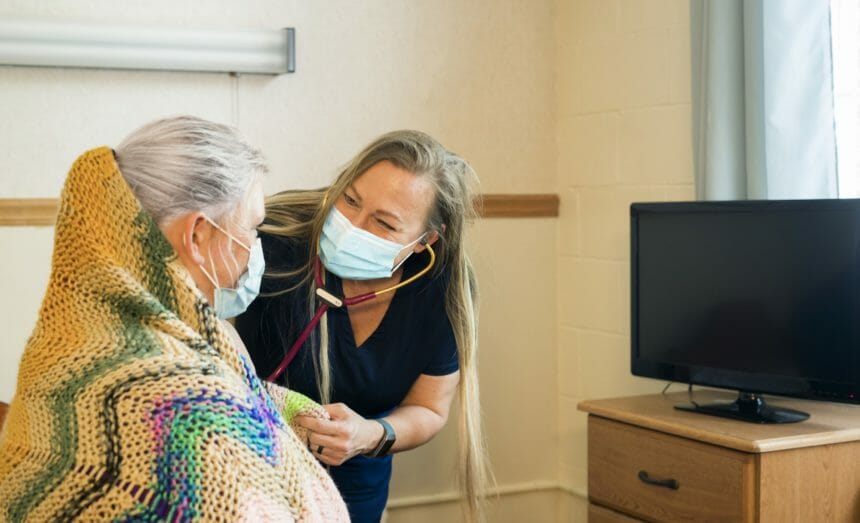
As the population ages and the direct care workforce grows along with it, person-centered training is needed to improve care outcomes, according to a recent study.
The study, by researchers at the University of California, San Francisco, and Pennsylvania State University, and published in the Journal of the American Medical Directors Association, identified person-centered care as the standard for the delivery of long-term services and supports to people living with dementia. But with a workforce spanning a variety of care settings and varying training requirements, research is necessary to determine best practices in training and care, the authors said.
The direct care workforce consists of 2.4 million personal care aides, 1.1 million nursing assistants and 800,000 home health aides, according to the study. The workforce spans care settings including assisted living communities, residential care communities, skilled nursing facilities and traditional homes.
The authors noted that although most LTSS jobs only require a few weeks of training, expanded training for direct care workers — particularly those providing person-centered care to people living with dementia — may have benefits.
Future research on delivering person-centered care, they said, could center on developing person-centered care outcomes, testing evidence-based approaches that address care challenges, incorporating social determinants of health into research strategies, assessing how interventions impact intermediate- and long-term care outcomes, and incorporating assistive technology solutions.
The authors also recommended developing and evaluating competency-based dementia care training, identifying effective workforce models of care across professions and settings, examining dementia care training impacts on care outcomes, researching best practices that support the dementia care workforce, and conducting policy research to examine dementia care training policies.
The project was supported by grants from the U.S. Department of Health and Human Services’ Health Resources and Services Administration and the National Institute on Aging.




